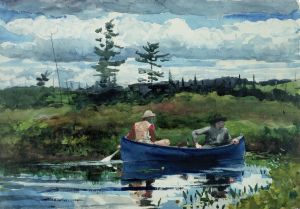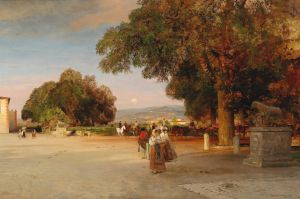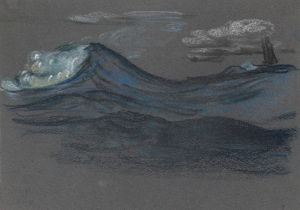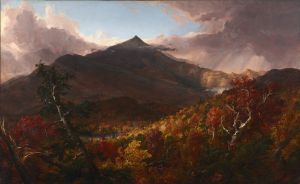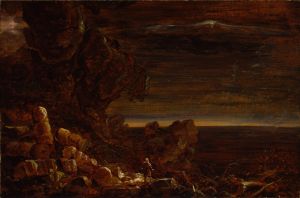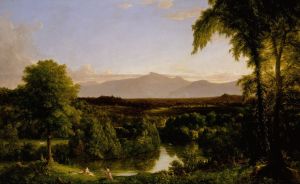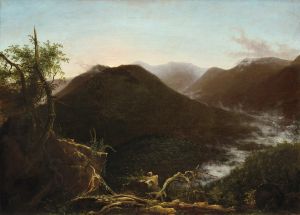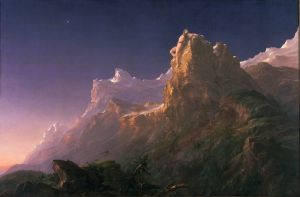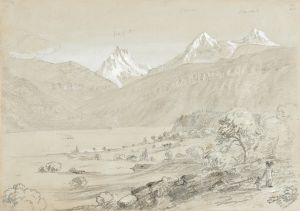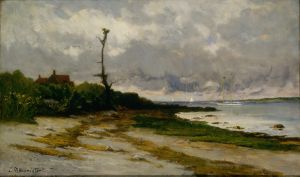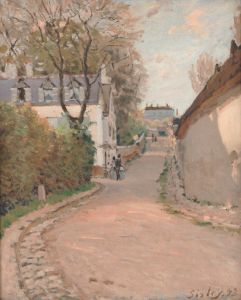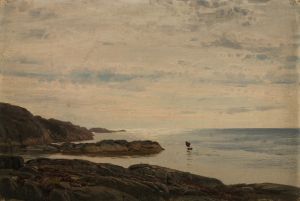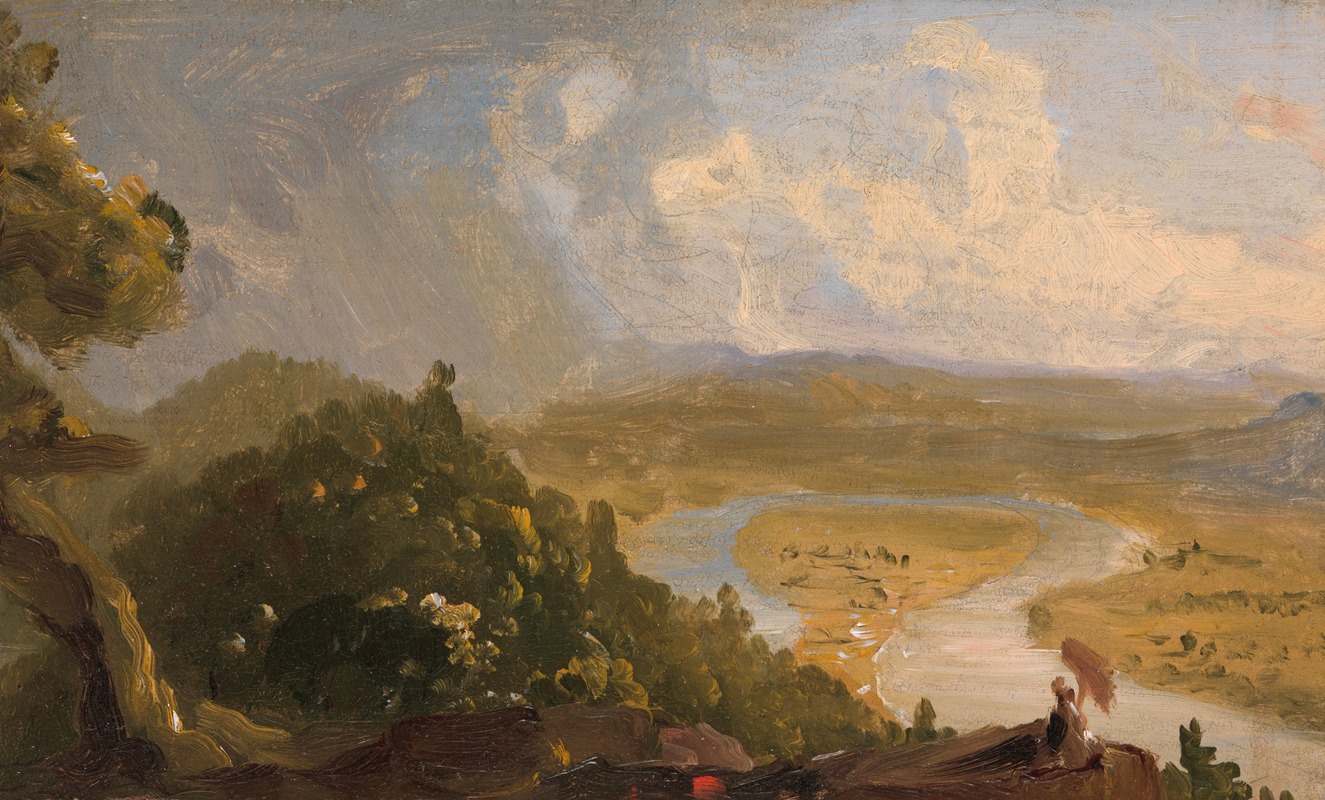
Sketch for View from Mount Holyoke, Northampton, Massachusetts, after a Thunderstorm
A hand-painted replica of Thomas Cole’s masterpiece Sketch for View from Mount Holyoke, Northampton, Massachusetts, after a Thunderstorm, meticulously crafted by professional artists to capture the true essence of the original. Each piece is created with museum-quality canvas and rare mineral pigments, carefully painted by experienced artists with delicate brushstrokes and rich, layered colors to perfectly recreate the texture of the original artwork. Unlike machine-printed reproductions, this hand-painted version brings the painting to life, infused with the artist’s emotions and skill in every stroke. Whether for personal collection or home decoration, it instantly elevates the artistic atmosphere of any space.
"Sketch for View from Mount Holyoke, Northampton, Massachusetts, after a Thunderstorm," commonly known as "The Oxbow," is a preparatory work by the renowned American landscape painter Thomas Cole. Created in 1836, this sketch served as a study for Cole's larger and more famous painting, "View from Mount Holyoke, Northampton, Massachusetts, after a Thunderstorm—The Oxbow," which is housed in the collection of the Metropolitan Museum of Art in New York City.
Thomas Cole, born in 1801 in Lancashire, England, immigrated to the United States with his family in 1818. He is widely regarded as the founder of the Hudson River School, an American art movement that flourished in the mid-19th century and is known for its romantic portrayal of the American landscape. Cole's work often juxtaposed the untamed wilderness with pastoral landscapes, reflecting both the beauty and the sublime power of nature.
The sketch, like the finished painting, depicts a panoramic view from Mount Holyoke in Massachusetts, overlooking the Connecticut River Valley. The scene captures the aftermath of a thunderstorm, with dramatic clouds parting to reveal a serene and sunlit landscape below. The composition is divided into two contrasting halves: the left side features a wild, stormy wilderness, while the right side presents a cultivated, pastoral landscape. This duality is a hallmark of Cole's work, symbolizing the tension between nature and civilization, a theme prevalent in the art and literature of the period.
Cole's use of light and shadow in the sketch highlights the dramatic transition from storm to calm, emphasizing the transient and ever-changing nature of the landscape. The river's distinctive oxbow shape, which gives the painting its nickname, is a focal point of the composition, drawing the viewer's eye into the depths of the valley.
The sketch itself is an important artifact, providing insight into Cole's creative process. It reveals his method of capturing the essence of a scene through preliminary studies before committing to a larger canvas. This approach allowed Cole to experiment with composition, lighting, and mood, ensuring that the final work conveyed his intended message and aesthetic.
"The Oxbow" and its preparatory sketch are significant not only for their artistic merit but also for their cultural and historical context. They reflect the 19th-century American ethos of manifest destiny and the belief in the nation's divine right to expand and cultivate the land. Cole's work serves as both a celebration of the American landscape and a cautionary tale about the potential consequences of unchecked development and industrialization.
In summary, "Sketch for View from Mount Holyoke, Northampton, Massachusetts, after a Thunderstorm" is a testament to Thomas Cole's skill as a landscape artist and his ability to convey complex themes through his depiction of the natural world. The sketch remains an important piece of American art history, offering a glimpse into the mind of a pioneering artist who helped shape the nation's cultural identity.






